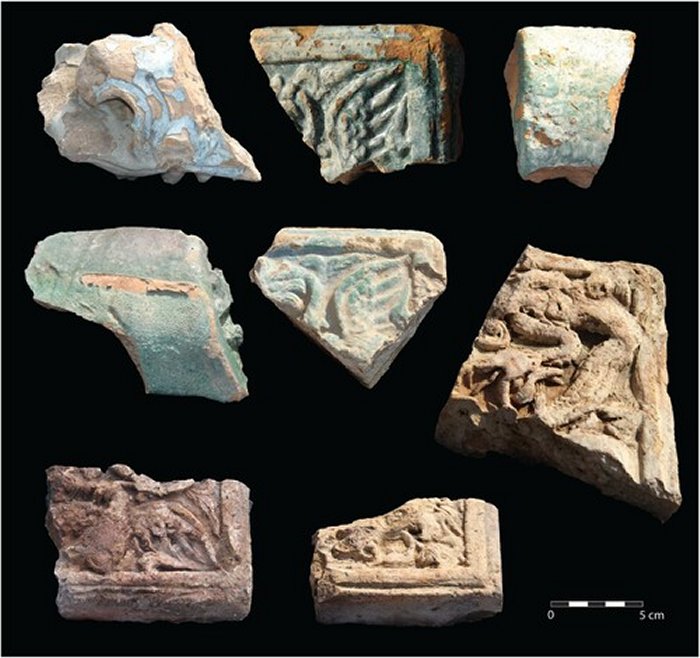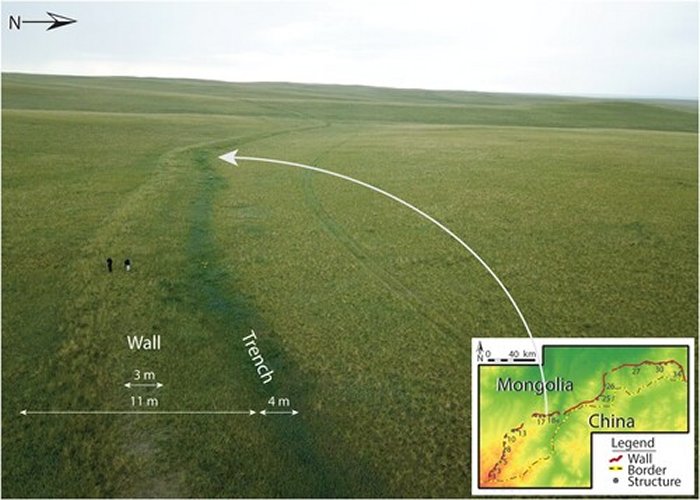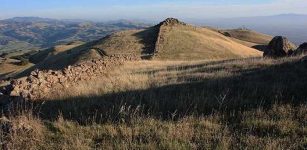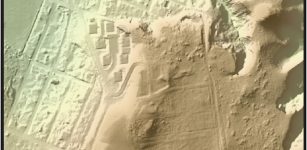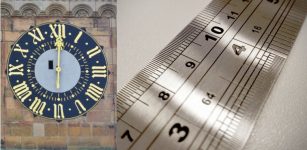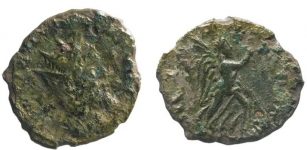Mysterious Mongolian Arc Investigated By Scientists
Jan Bartek - AncientPages.com - In eastern Mongolia, a 405 km long previously unexplored wall system has been largely overlooked in existing academic discourse. Named the “Mongolian Arc,” the structure consists of an earthen wall, a trench, and 34 structures. It is part of a much larger system of walls built between the 11th and 13th centuries A.D.
Drone photo of Khaltaryn Balgas (MA21). Credit: Journal of Field Archaeology (2023). DOI: 10.1080/00934690.2023.2295198
In a recent study published in the Journal of Field Archaeology, scientists discuss the Mongolian Arc's purposes and the techniques and technology used to study the wall.
"The questions we ask about this medieval wall system (MWS) are relevant to other instances of wall construction: why did some states and empires decide to invest massive amounts of resources and manpower in the construction of long border fencing, walls, and trenches?
What were the intended functions of those monuments? How effective were they, and what were the social, political, economic, and environmental consequences of their construction?
For how long did they function, and why were they abandoned?" the researchers write in their study.
Compared to the wall in China, the Arc in Mongolia has not received much attention, but it is an intriguing ancient structure nevertheless. It is believed the Mongolian Arc was built and "used during the Jin period. However, this dating has never been proven conclusively, and more archaeological and historical research is needed to support this hypothesis," scientists explain in their study.
Surprising Discovery
Scientists were surprised to discover that contrary to what seems obvious, the Mongolian wall was not built to keep out all invaders. There are indiscretions that the wall was constructed quickly in an attempt to respond to certain aggressors. There is also evidence that suggests the wall was built as a means of controlling the movement of people or animals or perhaps as a part of a taxation scheme.
Artifacts collected on the surface of Khaltaryn Balgas. Credit: Journal of Field Archaeology (2023). DOI: 10.1080/00934690.2023.2295198
"One of the major differences that we have observed between the Northern Line and the Mongolian Arc is the large gaps identified in the structures that accompany the wall line of the latter.
Our field observations suggest that these gaps were not caused by natural geomorphological processes but, in most cases, are locations where walls were never built in the first place. As we currently cannot fully explain the functions of the gaps or the reasons for their location, more work is needed in order to develop a better working hypothesis.
Currently, it seems that these gaps could have undermined the effective functions of the wall system. Each of the gaps is too wide to have been designed for the passage of people, so we do not think this was their intended purpose.
One possible explanation for the gaps, which were points of vulnerability in the system, is that the Mongolian Arc was hastily built during the final years of the Jin dynasty as a defense against the expected invading Mongol armies.
Drone image of a typical wall section located between structures 17 and 18. Measurements are typical based on measurements at various locations along the wall. Credit: Journal of Field Archaeology (2023). DOI: 10.1080/00934690.2023.2295198
This explanation was presented by the eminent Chinese historian Wang Guowei some 100 years ago and has remained popular among historians and archaeologists of this period ever since. The gaps we identified in our survey might be the first archaeological evidence in support of this hasty wall building hypothesis," the study informs.
See also: More Archaeology News
Though the wall did not serve much as a barrier, scientists say they cannot provide any definitive answers regarding the reason for the construction of the wall at present.
The Mongolian Arc is a highly complex construction that is poorly understood and lacks thorough study. Future studies of the ancient structure will shed more light on why and when the arc was constructed.
Written by Jan Bartek - AncientPages.com Staff Writer


